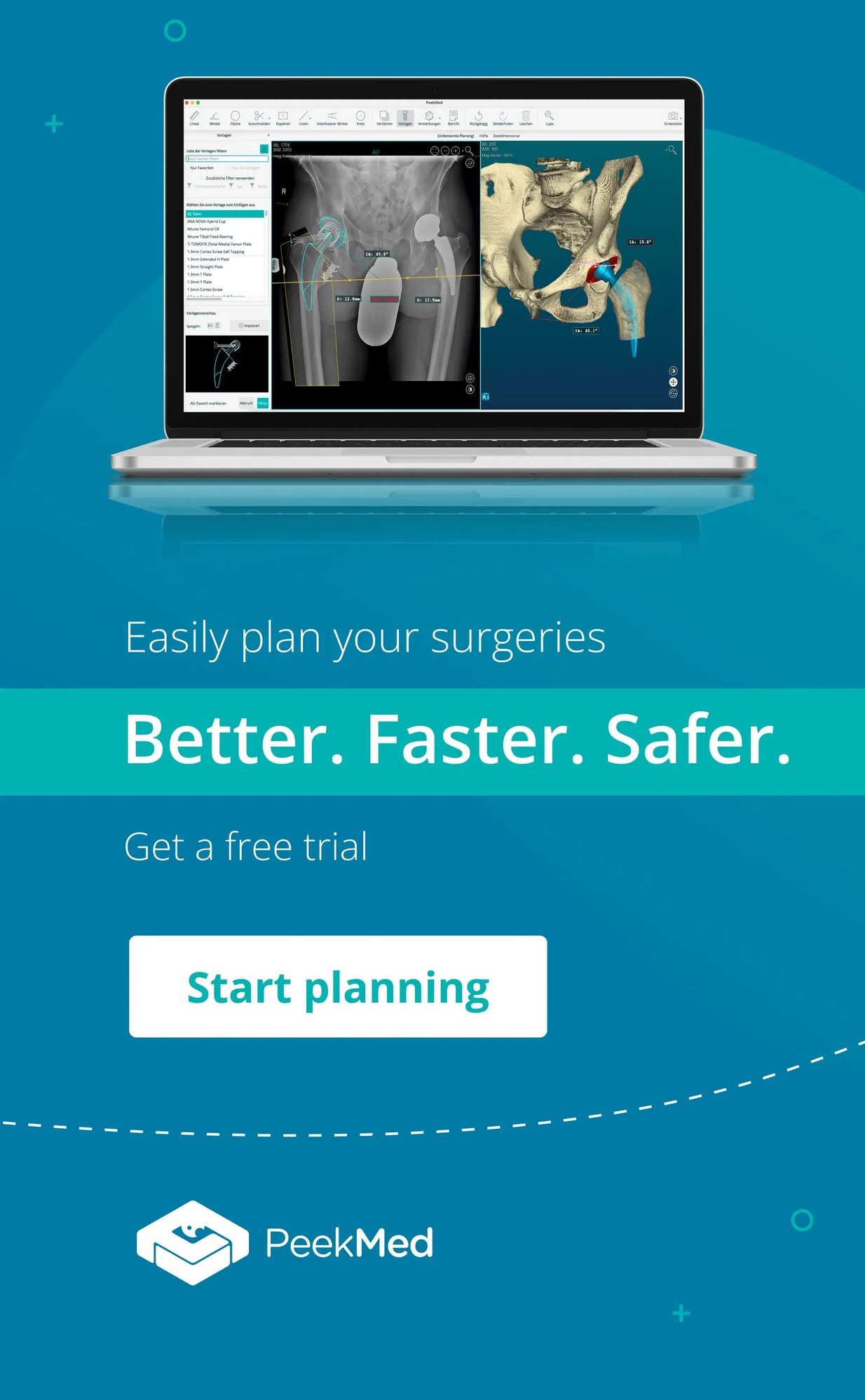PeekMed
Knee pain is one of the most common complaints orthopedic surgeons face.
It’s often manageable with conservative care—but sometimes, surgery is required.
Here’s the challenge:
Surgical intervention should be precise, necessary, and justified by clear diagnostic findings. That’s where arthroscopic knee surgery comes in—and where you, as the surgeon, must decide if it’s the right tool for the job.
First, What Is Arthroscopic Knee Surgery?
Arthroscopy is a minimally invasive surgical technique that allows you to look inside a joint using a small camera (arthroscope). Through tiny incisions, you can visualize, diagnose, and treat a range of intra-articular pathologies.
The main advantage?
Less tissue trauma, faster recovery, and fewer complications compared to open procedures.
But just because a technique is “minimally invasive,” it doesn’t always mean it’s the best—or necessary—option.
Understanding the Context: Why Patients—and Surgeons—Must Be Selective
You’ve probably seen it yourself:
Patients come in expecting surgery, hoping it will “clean up” their knee pain. But the truth is, arthroscopy is not effective for degenerative joint disease alone, especially when no mechanical symptoms are present.
So, how do you know when it’s appropriate?
Let’s break it down clinically.
Based on current clinical guidelines and peer-reviewed evidence, arthroscopy is most appropriate when the following apply:
Mechanical Symptoms Are Present
If a patient reports:
- Locking
- Catching
- Giving way
- Clicking with movement
It often indicates a structural abnormality like a:
- Meniscus tear
- Loose body
- Cartilage flap
- Synovial plica impingement
In these cases, the procedure not only diagnoses but also corrects the issue in one session.
The most common indications are meniscectomy, anterior cruciate ligament reconstruction with meniscal sutures, and removal of loose bodies.
Non-Surgical Management Has Failed
You’ve tried:
- Physical therapy
- Anti-inflammatory medication
- Activity modification
- Corticosteroid or hyaluronic acid injections
But the patient still reports persistent pain and loss of function. If conservative treatment has failed over several months, and imaging supports it, arthroscopy becomes a viable next step.
You Need Direct Visualization for Diagnosis
Sometimes, imaging isn’t enough.
MRI can miss certain cartilage lesions or under-represent synovial pathology. Arthroscopy provides real-time, direct insight into the joint.
This diagnostic role is especially important when symptoms don’t align with imaging findings.
Planning Comes First: How PeekMed Improves Arthroscopic Surgery
Let’s be honest—surgical planning is where better outcomes begin.Therefore, PeekMed's strengths lie in cases where arthroscopic surgeries are not straightforward:
- When meniscus injuries are degenerative, for example, and we need to understand the mechanical axis of the limb and determine whether the patient is a candidate for osteotomy, PeekMed has an automatic planning solution.
- When there are repeated ACL tears (two or more), they may be associated with an increased slope. PeekMed has an automatic planning solution.
- When there are multiple tunnels in ACL revision surgeries, PeekMed can help determine the best positioning of the new tunnels to avoid conflict and decide if it is better to perform the surgery in two stages.
Is Arthroscopic Knee Surgery Necessary?
Here’s your checklist:
|
Symptom/Condition |
Arthroscopy Indicated? |
|
Meniscus tear with locking/catching |
✅ Yes |
|
Loose bodies confirmed on imaging |
✅ Yes |
|
General knee pain with osteoarthritis |
❌ No |
|
Failed conservative treatment, confirmed pathology |
✅ Yes |
|
Swollen knee with unclear imaging findings |
✅ Possibly |
When paired with robotic precision and digital planning, arthroscopic surgery becomes more than just less invasive—it becomes smart, strategic, and highly effective.
References
American Academy of Orthopaedic Surgeons. (n.d.). Knee arthroscopy. OrthoInfo. Retrieved May 13, 2025, from https://orthoinfo.aaos.org/en/treatment/knee-arthroscopy/
Mount Sinai Health System. (n.d.). Knee arthroscopy. Mount Sinai Health Library. Retrieved May 13, 2025, from https://www.mountsinai.org/health-library/surgery/knee-arthroscopy
Bupa UK. (2021, December). Knee arthroscopy. Bupa Health Information. Retrieved May 13, 2025, from https://www.bupa.co.uk/health-information/knee-pain/knee-arthroscopy
Harvard Health Publishing. (2020, April 20). Knee arthroscopy: Should this common knee surgery be performed less often? Harvard Medical School. Retrieved May 13, 2025, from https://www.health.harvard.edu/blog/knee-arthroscopy-should-this-common-knee-surgery-be-perf



